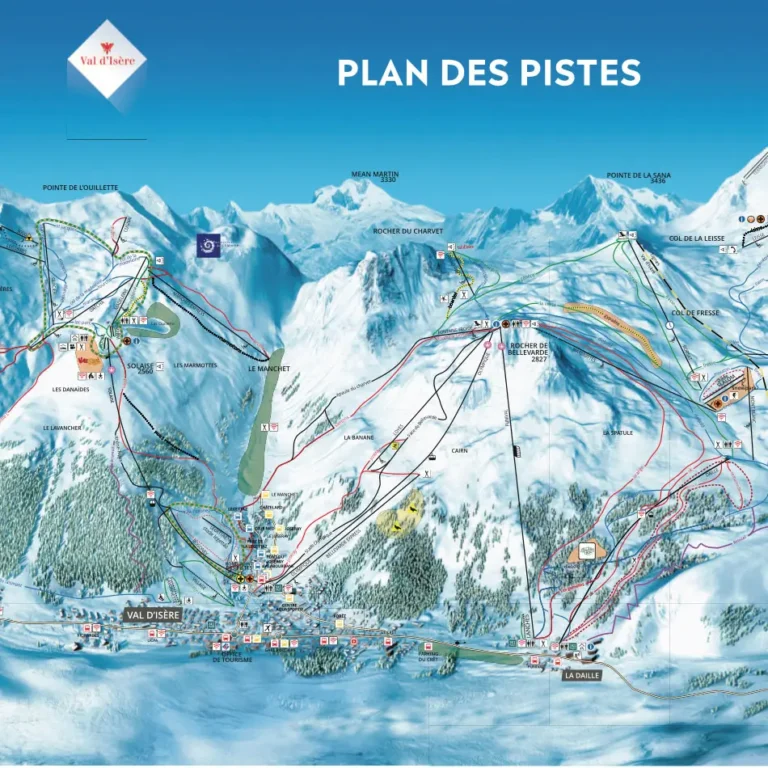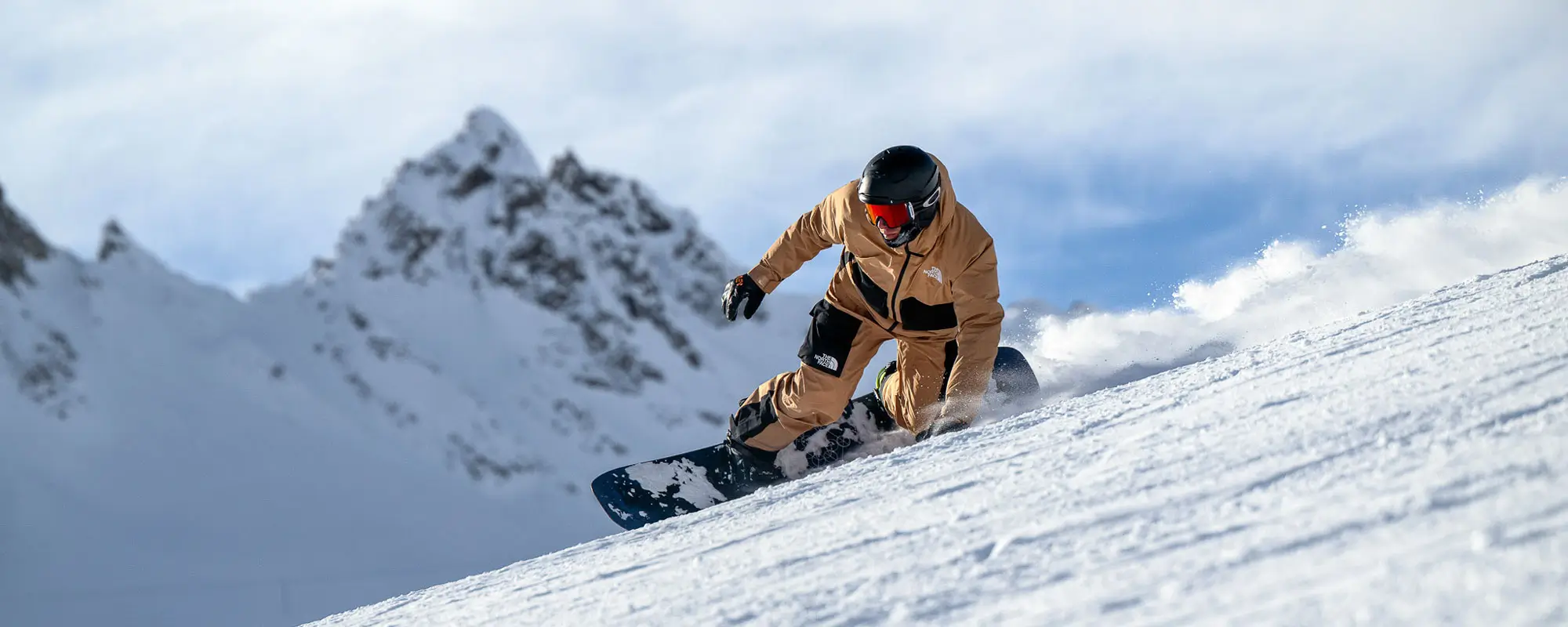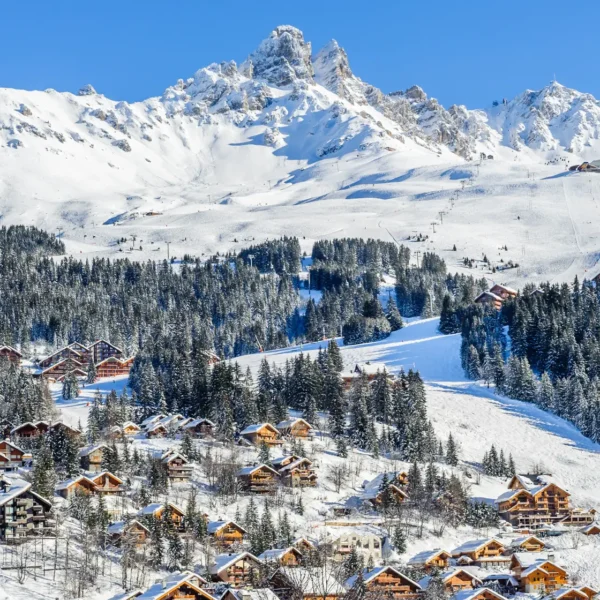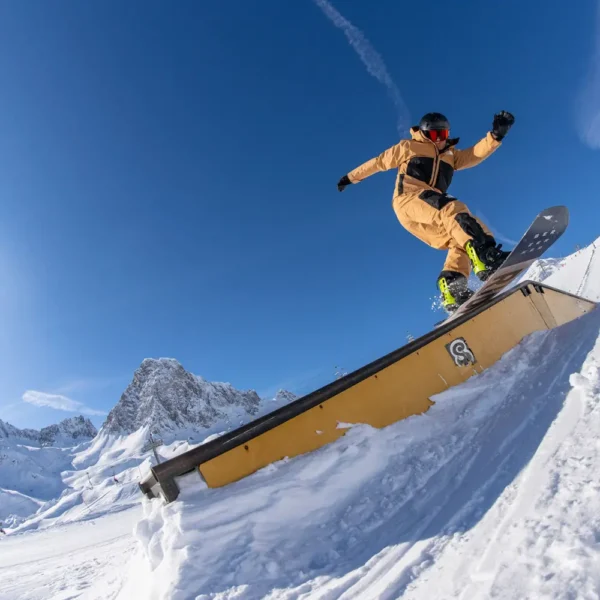
Val d’Isere Piste Map
The Val d’Isere mobile app is great for live information about which lifts and pistes are open. As well as…

We run group, private and off-piste snowboard lessons catering to all abilities.
Not sure which lesson is right for you? Find your snowboard level here:

Improve your holiday experience by feeling more confident on your snowboard. You’ll enjoy riding your snowboard even more when you feel equipped with the skills and knowledge to tackle any terrain. As expected, our snowboard lessons include lots of feedback, tips, and coaching. They will help you develop your technique in a supportive and enjoyable setting. Our groups are delivered in English, ensuring accessible communication for all.

The Alps provide some of the best snowboarding terrain in the world, catering to both beginners and advanced riders. With famous resorts like Avoriaz, Les Gets, Tignes, and Val Thorens, there are countless opportunities to learn and improve your skills. Our experienced guides are dedicated to helping you build the confidence you need to explore the breathtaking landscapes. Regardless of your current level, you’ll soon find yourself cruising down the slopes with ease.
To make the most of your snowboarding adventure, it’s essential to come prepared. Ensure you have comfortable boots that fit well and that your snowboard is in good condition. Grab a piste map when purchasing your lift pass, and remember to take breaks during your lessons, as learning a new skill can be tiring. Practice is key to building confidence, so start on terrain you’re comfortable with before tackling more challenging slopes. If you ever feel unsure, don’t hesitate to try again the next day or consider booking a private lesson for more personalised attention and feedback.

Prices, duration and availability vary slightly by resort, based on our live availability.
UK office: +44 1462 674 000
Lines open: Monday – Friday 9:00 – 17:00 UK